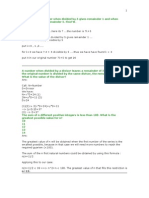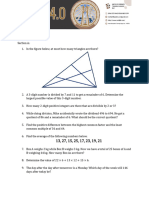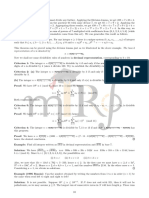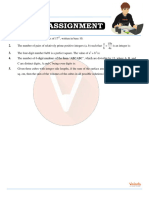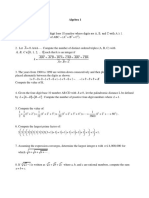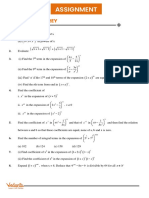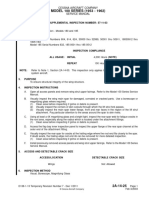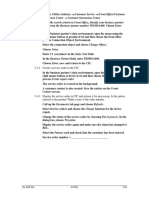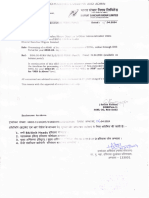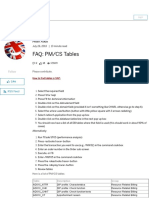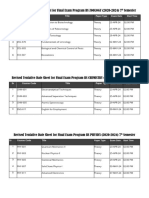0% found this document useful (0 votes)
195 views3 pages2 Marker Assignment 6
1. The smallest real root of 14x4 - 2x3 + 13x2 – 3x – 12 is -1/113.
2. There are 4 ways to make a bracelet with 7 indistinguishable purple beads and 2 indistinguishable red beads when reflections and rotations are indistinct.
3. The sum of the numbers from 11 to 1999999999 is 20000000000000.
Uploaded by
JeetCopyright
© © All Rights Reserved
We take content rights seriously. If you suspect this is your content, claim it here.
Available Formats
Download as PDF, TXT or read online on Scribd
0% found this document useful (0 votes)
195 views3 pages2 Marker Assignment 6
1. The smallest real root of 14x4 - 2x3 + 13x2 – 3x – 12 is -1/113.
2. There are 4 ways to make a bracelet with 7 indistinguishable purple beads and 2 indistinguishable red beads when reflections and rotations are indistinct.
3. The sum of the numbers from 11 to 1999999999 is 20000000000000.
Uploaded by
JeetCopyright
© © All Rights Reserved
We take content rights seriously. If you suspect this is your content, claim it here.
Available Formats
Download as PDF, TXT or read online on Scribd
/ 3





















